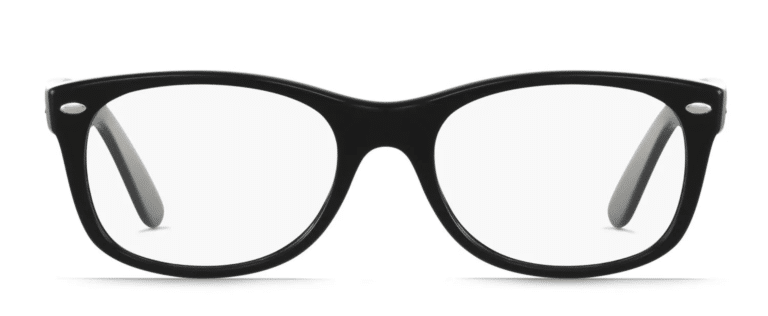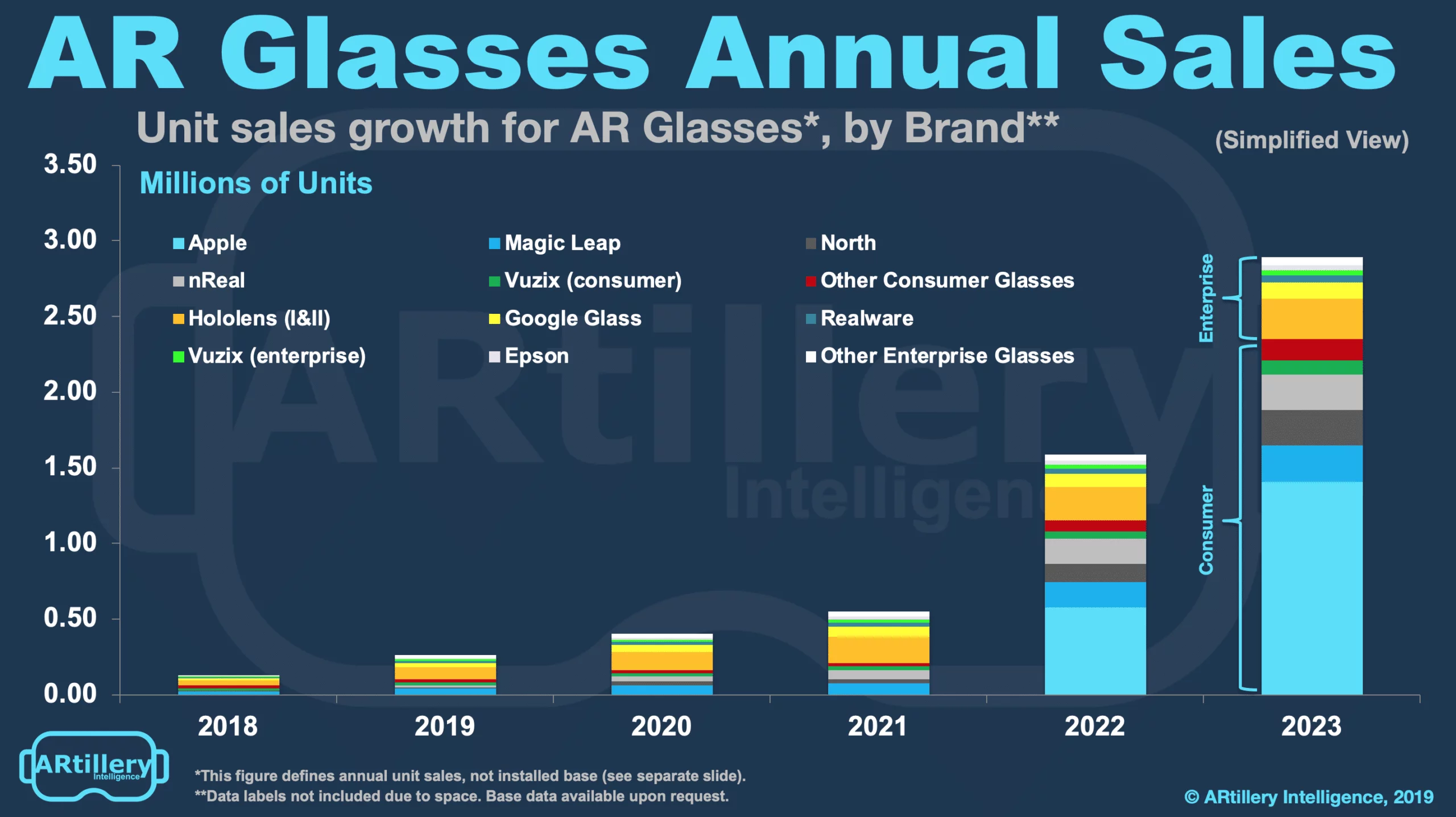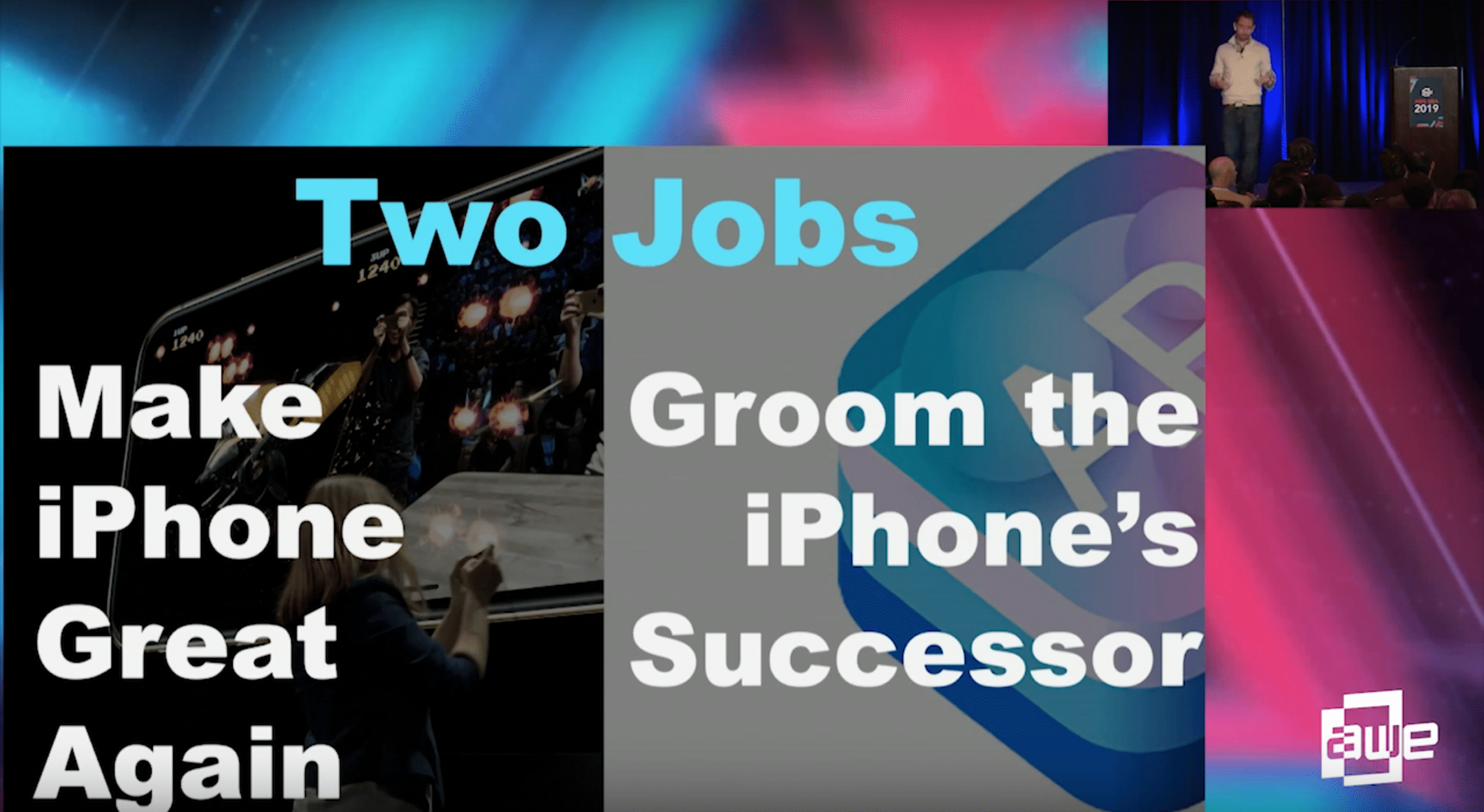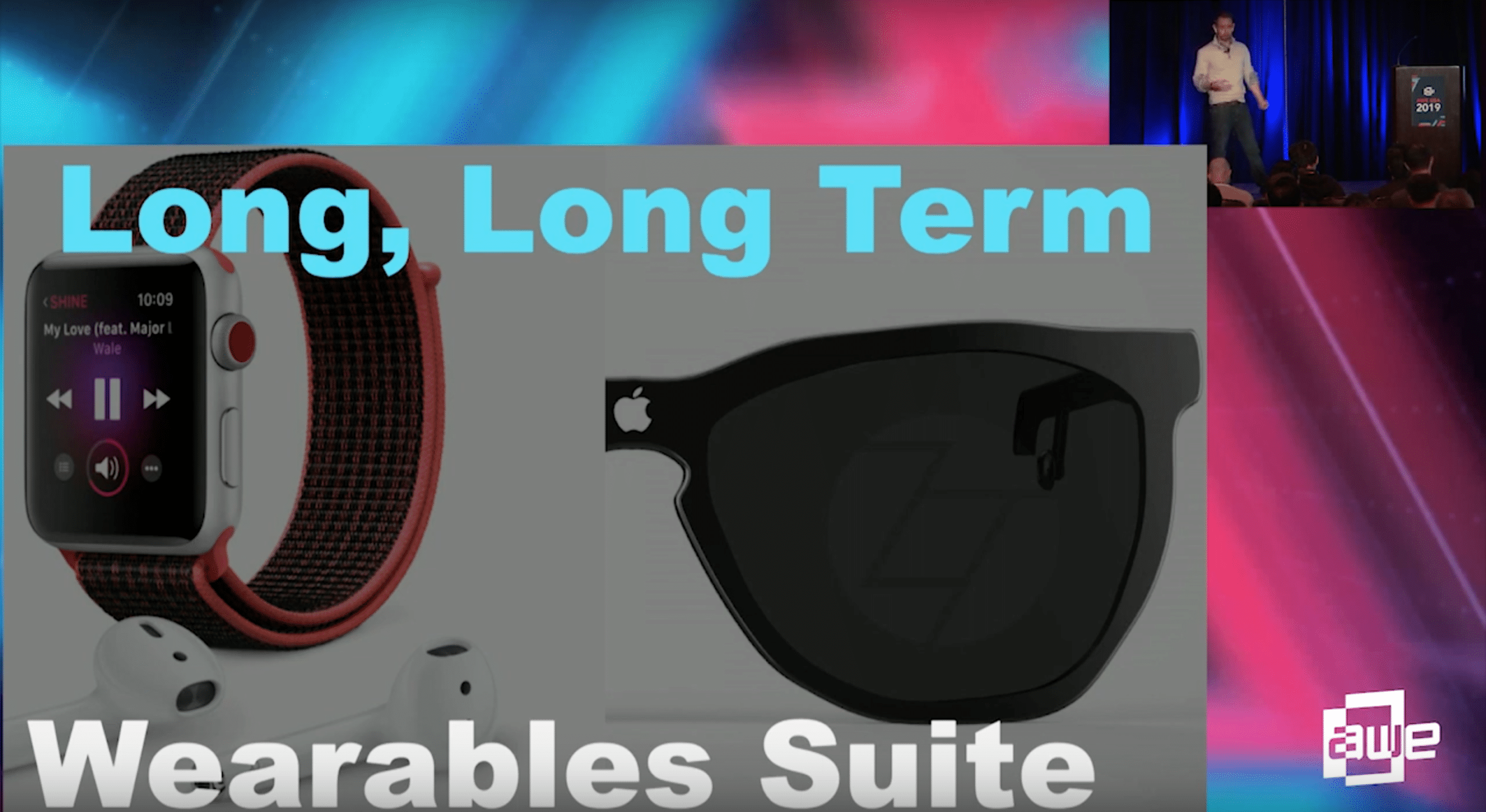
One of the biggest ongoing points of speculation in the AR industry is the fate of Apple’s rumored glasses. Given Apple’s track record in mainstreaming emerging technology, AR proponents are hoping for some of that signature halo effect.
Amidst lots of anticipation and high stakes, the industry was dealt a blow last month when rumors circulated that Apple killed its AR glasses program. After we initially unpacked the ins-and-outs of that revelation and several orbiting macro factors, a few additional points have come to light.
First and most directly is a report from The Information that indicates longtime Apple product manager Kim Vorrath has been appointed to lead the AR glasses program. Known internally as the “bug wrangler,” she has a knack for getting product teams whipped into shape to hit deadlines.
If true, this supports the notion that the glasses are alive and well. The need for bug wrangling also indicates that there has been some chaos within the program. And that would align (loosely) with the departure of former glasses program lead Avi Bar Zeev, and more broadly, Jonny Ive.

Follow the Money
This also incorporates time as a factor. As we examined previously, the state of underlying AR technology — plus Apple’s M.O. to enter hardware markets late — indicate that the long-rumored 2020 ship date was unrealistic. So the program getting dissolved or delayed made some sense.
But the appointment of Vorrath and her bug wrangling talents could conversely indicate that the program’s challenges are less technological and more organizational. Could Apple have the underlying pieces in place, and just need better project management to bring them to market?
We’re skeptical of that possibility, but it never hurts to examine all angles. We stand by the claim that glasses are still in Apple’s long term master plan, but we won’t see them announced next year as rumored. The company’s nearer-term departmental maneuvering is interesting but less telling.
More important in speculating the product’s fate is our ongoing pastime of following the money. Apple has too much on the line to abandon AR glasses. That considers glasses’ role in elevating a maturing iPhone (phone-tethered AR glasses) and being a component of its succession plan.

iWear
The latter is key, and doesn’t just involve AR glasses. We believe the iPhone’s successor will be a holistic suite of wearables that includes line-of-sight AR; biometric tracking and info delivered to your wrist; and textured/intelligent audio delivered to your ears through the breakout-hit Airpods.
In other words, AR glasses could be one component in a wearables line (iWear?) that succeeds the iPhone as Apple’s cash cow. In concert with Airpods, Watch and others, it could augment several senses and comprise an uber-personal computing touchpoint — classic Apple playbook.
This would fit the profile in a few ways. Just like we theorized how a 2020 release timeline is very un-Apple, AR Glasses’ eventual launch would carry a factor that’s very Apple: platform lock-in. A wearables suite could incentivize multi-device ownership through functional advantages.
That’s what Apple has done for years in pushing multiple interlocking devices. The underlying messaging is to own the full suite of devices to get the best functionality. But in this case, the maturing Mac, iPhone & iPad give way to the next generation of Watch, AirPods & iGlasses.

Beacon of Hope
For Apple, these are all roads to greater revenue per user (ARPU), which is a key metric in its massive success in the iPhone era. The same playbook may define Apple glasses’ eventual target as part of a comprehensive wearables line that succeeds the current suite of rectangular iThings.
Back to the “follow the money” exercise, further evidence lies in Apple Q3 earnings last week. iPhone sales continue to decelerate, while wearables are a beacon of hope in Cupertino. That was once the position where the iPhone sat in being the rising star to offset maturing Mac sales.
Specifically, iPhone sales are down $3.5 billion year over year, while wearables reached $5.5 billion for the first time. The growth in the latter isn’t enough yet to offset the former, but it’s still a young product line growing from a small base, compared to the saturated smartphone market.
As for AR glasses’ fate, they’ll be a valuable component of that wearables bundle, even if the timeline and state of underlying technology are a moving target. They won’t be the next iPhone as some AR proponents hope, but they could be a key piece of Apple’s wearables master plan.
For deeper XR data and intelligence, join ARtillery PRO and subscribe to the free AR Insider Weekly newsletter.
Disclosure: AR Insider has no financial stake in the companies mentioned in this post, nor received payment for its production. Disclosure and ethics policy can be seen here.
Header Image Credit: Ray Ban
